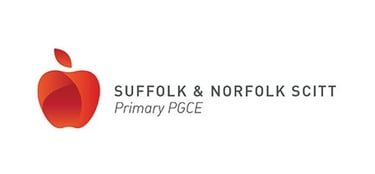Headlice
Head lice outbreaks are common in schools because children often have head-to-head contact whilst playing. At one point or another, most schools for children aged 4-12 will experience a head lice outbreak, but the good news is that they can be treated, and a new infestation can even be prevented if the right precautions are taken.
It is a good idea to arm yourself with knowledge about head lice, and how to treat and prevent them. Below are some useful links and materials to help you and those around you deal with a head lice infestation.
Head Lice - treatment advice from the NHS
What are head lice?
The head louse is a tiny greyish-brown insect, about 2.5mm long. Head lice cling to hair and are usually found on the scalp. They live on blood from the host, which they get by biting through the scalp. Adult lice mate. The female then lays eggs that are firmly attached to hair close to the scalp and can be very difficult to remove. After seven or eight days the baby louse hatches out of the egg, leaving a shiny white empty eggshell (nit), which may be found anywhere along a strand of hair.
What causes an infection of head lice?
Infection with head lice is a very common problem in the UK, especially among school children. Lice pass from one person to another during direct head-to-head contact. This is because lice cannot jump, fly or hop; they can only transfer to another head by walking along strands of hair. Children whispering secrets at school or families enjoying a cuddle at home provide head lice with the ideal opportunity to travel from one head to the next. Lice seen on pillows, hats or chair backs are not capable of transferring to another person. The belief that head lice are associated with poor hygiene is common but completely misfounded. Lice are equally likely to be found on clean or dirty hair. Head lice should be seen as nothing more than an unpleasant inconvenience that can be treated.
What symptoms do head lice cause?
Bites from head lice can cause intense itching and irritation on the scalp, but these symptoms may not appear until at least two months after the lice move in. A rash at the nape of the neck may also develop.
What is the best way of looking for head lice?
You can part the hair and look for nits, but the lice will move quickly into hiding.
The best way to search for head lice and nits is to buy a specially designed detection (nit) comb from a pharmacy. This is a fine-toothed plastic comb with spacing of less than 0.3mm.
You can check for lice on dry or wet hair.
Use a brush or an ordinary comb to first detangle hair.
Once hair has been detangled, switch to the detection comb.
Start at the middle of the front of the scalp.
Comb the hair from the roots to the very end of the hair.
After each stroke, examine the teeth of the comb for living lice.
Rinse the comb if you find any lice.
Continue combing section by section until you've done the whole head of hair.
Make sure you cover every inch of the scalp, including the area just behind the ears and at the nape of the neck.
For wet combing, simply wash hair and apply conditioner before starting these steps. Afterwards, rinse out the conditioner and check hair again with the nit comb before drying.
People with thick hair often find conditioner makes it easier to get the nit comb through. If you have curly hair you may find that oiling rather than wetting hair makes it easier to use the nit comb effectively. You can do this with one tablespoonful of olive oil.
What if I find lice?
Check every member of the family, including any adults who have close contact with the child.
It's also helpful to tell the school and parents of any other child who may have had head-to-head contact with your child, so that other children can be checked for lice.
You should only start chemical treatment if you find a live louse on your child's head. If you only find the hatched and empty eggshells (nits), these may be the sign of a previous batch of lice that have already been eradicated.
Insecticides that kill head lice are available in lotion, mousse and shampoo form. You can buy them from the pharmacy or get them on prescription


